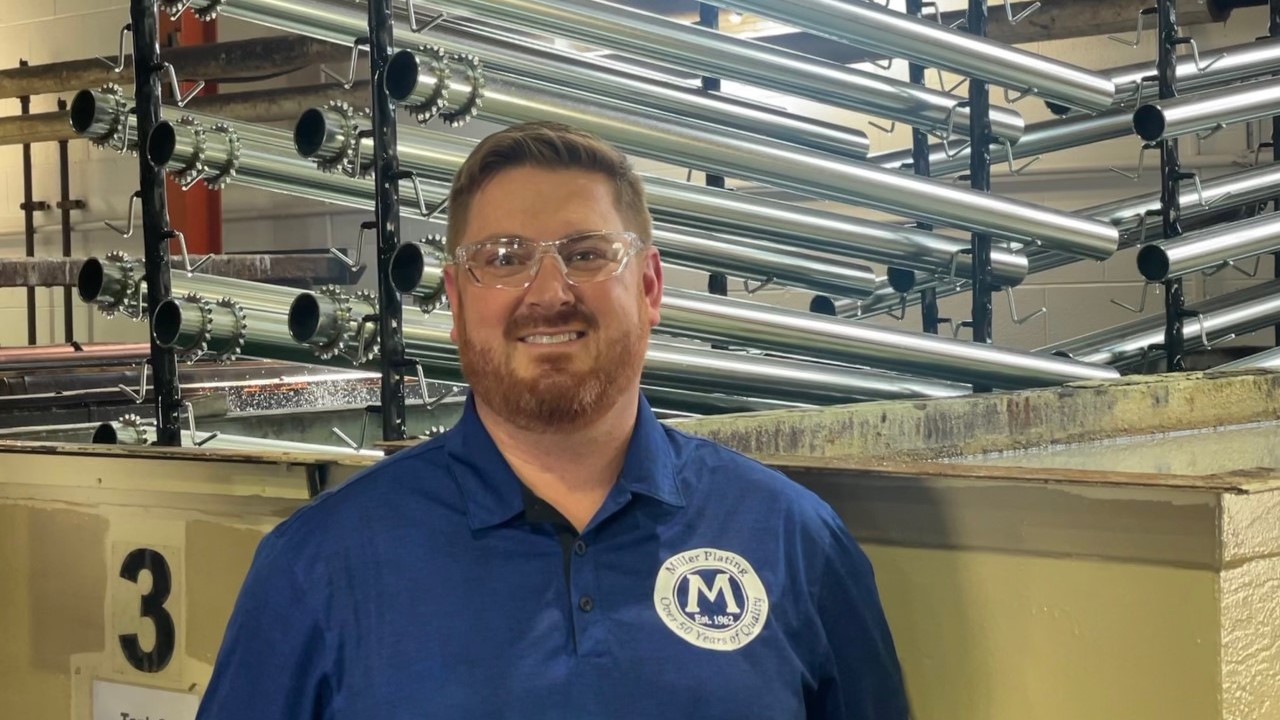Starting on the supplier side of the finishing industry, Adam Anderson has always wanted to try his hand at running an electroplating shop of his own.
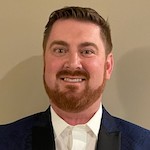 Adam AndersonHaving worked with dozens of plating shops during his time at Columbia Chemical and Atotech, Anderson had seen some fantastic ways that plating shops could be run efficiently and thought he could incorporate some of those when his time came if it ever did.
Adam AndersonHaving worked with dozens of plating shops during his time at Columbia Chemical and Atotech, Anderson had seen some fantastic ways that plating shops could be run efficiently and thought he could incorporate some of those when his time came if it ever did.
So, when Anderson got the call to help transform a former plating company in Medina, Ohio, it wasn't exactly what he expected. Systems needed major repair, contaminated baths in the tanks needed replacing including several tanks, generated waste was prevalent almost everywhere he looked, and he needed to work on new permitting for wastewater treatment before they could rack their first parts.
Like 'Drinking from a Fire Hose' Leading up to Start-Up
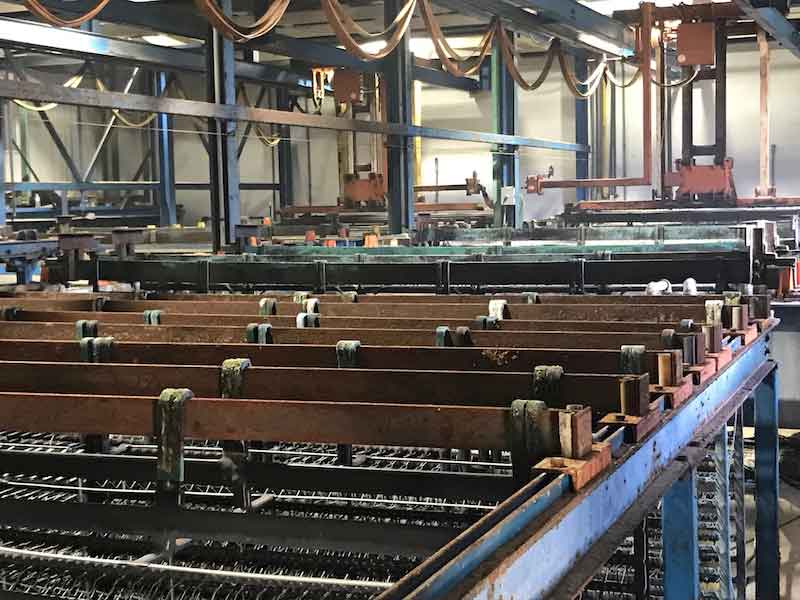 When Miller took over, the shop systems needed major repair, contaminated baths in the tanks needed replacing including several tanks, and generated waste was prevalent almost everywhere.Suffice to say, the first few months after Anderson was named president of Miller Plating in 2020, it was similar to the old adage of trying to take a drink from a fire hose.
When Miller took over, the shop systems needed major repair, contaminated baths in the tanks needed replacing including several tanks, and generated waste was prevalent almost everywhere.Suffice to say, the first few months after Anderson was named president of Miller Plating in 2020, it was similar to the old adage of trying to take a drink from a fire hose.
"It still feels that way today," says Anderson. "It doesn't seem to stop coming at you at times. Nothing has slowed down for us."
The former Medina Plating facility just south of Cleveland had been through several years of changing hands and seeing both success and struggles. Shawn Ritchie and Tait Krejci purchased the shop in 2001 from Krejci's father, whose own father had founded the company.
Ritchie and Krejci sold the shop several years ago to Diogenes Fernandez from Boston, who ran the company until the facility closed in 2019. Miller Industrial Technology (MIT) in Pennsylvania then purchased the company and the property later that year and hired Anderson to run the operation. MIT had actually tried to purchase the company originally from Ritchie and Krejci before Fernandez bought it, so getting it the second time it was offered was the charm.
"MIT was definitely interested in this operation and getting into the plating industry," Anderson says. "They were finally able to make a deal when it came around again."
Diversified Background on New Owners
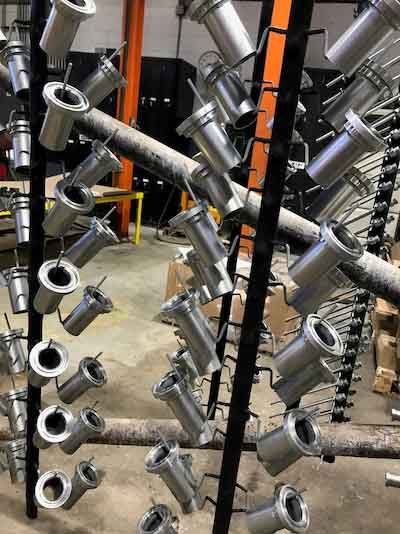 Miller Industrial Technologies’ Christian Echavarria is Chairman at MIT and is the principal shareholder and Chairman of Syntheon, a specialty chemical company. He also co-founded Invesmart and led the transformation of the retirement financial services industry from a predominantly product-push model to an employee service-centric model. Invesmart grew to manage $6 billion in assets.
Miller Industrial Technologies’ Christian Echavarria is Chairman at MIT and is the principal shareholder and Chairman of Syntheon, a specialty chemical company. He also co-founded Invesmart and led the transformation of the retirement financial services industry from a predominantly product-push model to an employee service-centric model. Invesmart grew to manage $6 billion in assets.
William Glass is CEO of MIT and has been leading industrial companies from start-ups to $1B organizations as president/CEO. He joined MIT from BMC, where he designed, engineered, constructed, commissioned, and ramped up the world's largest green-field renewable-energy business.
But it was Anderson who had to transform the plating facility — as well as the 14,000 square foot warehouse next to it — to get the zinc, zinc-iron, and zinc-nickel plating lines operational. He was also doing it during the beginning of the COVID pandemic.
"There was a lot of generated waste that was not accounted for with the prior business," Anderson says. "Obviously, that was part of our responsibility to get that safely removed and disposed of, so it was a lot of prepping and getting it ready."
He then had to get the permitting in line for water discharge and waste treatment, which he says required "some major revamping."
"We worked with some engineer firms to make sure that the flow and everything moving out is where it needs to be," he says. "We're reducing our metal discharge down well below the limits, so that's something that definitely was a challenge."
Fixing, Repair, and Clean Up
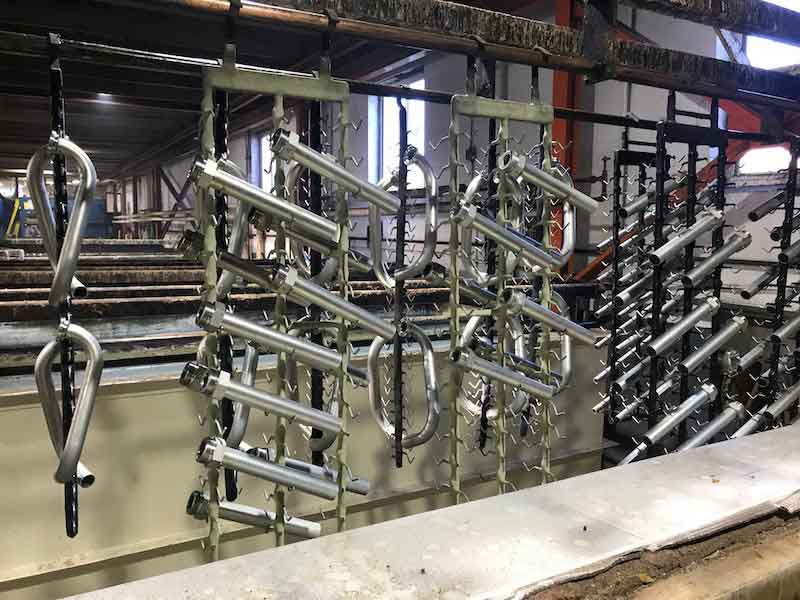 The other big issue was getting the lines in running shape; there were still baths sitting in many of the tanks, Anderson says, as if "you left on a Friday and came back on a Monday," although it had been that way for several months.
The other big issue was getting the lines in running shape; there were still baths sitting in many of the tanks, Anderson says, as if "you left on a Friday and came back on a Monday," although it had been that way for several months.
"There were some racks which still had parts on them," he says. "Racks were left sporadically throughout the place, so we needed to clean it up and restage it to make sense of the organization."
One of the things that helped the Miller team — which at the time consisted of Anderson and three individuals who stayed on from the previous company — was that Anderson utilized his knowledge of seeing how other shops he had visited during his chemical selling days would operate.
"I've always found that people tend to gravitate or just figure out what they excel in, and even shops that that may not have the newest technology or all the bells and whistles, they tend to figure out ways to make it work," he says. "I've always been impressed at the intuitiveness and creativeness of all these shops that I saw. It was an eye-opening experience."
After cutting out all the plumbing and reinstalling lines, the Miller Plating team took several months to get the systems in order, which meant that Anderson now had to work on getting customers back from the old regime, as well as finding new ones.
Marketing Efforts to Bring Back Customers
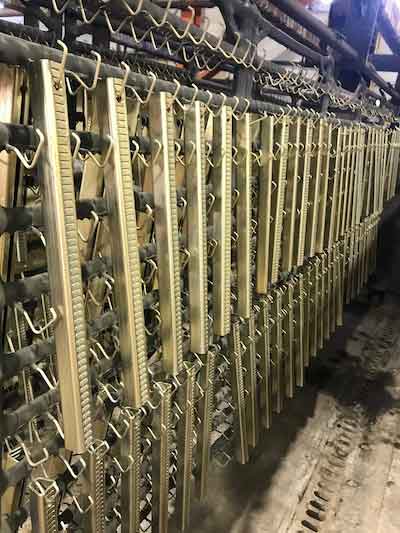 The shop officially opened in October 2020, and Anderson brought on a marketing intern who helped reach out to numerous past customers to show them that new ownership and improved systems were available to them.
The shop officially opened in October 2020, and Anderson brought on a marketing intern who helped reach out to numerous past customers to show them that new ownership and improved systems were available to them.
"The biggest goal was to re-engage them and let them know what we offered," he says. "We let them know our situation, all that we had done, and just let them know we are available to them and wanted them back."
With their capabilities, Miller Plating can accept very large parts as baths are 11 feet long and 3.5 feet deep. The large baths have a 1-ton crane that can accommodate more parts to make the process very cost-competitive.
Miller Plating has the ability to plate about 750,000 square inches of surface area a day, Anderson says.
"We really drive the concept of finding the right partner and the right customer that you can work with, one that fits well within what we do," he says. "We go after high-volume stuff because we have three rack lines, but we don't have a barrel line currently, and we're not expecting to have one anytime soon. We know that small fasteners are not in our wheelhouse, so knowing what the target audience is and going after that is definitely what we are focused on and where our headspace is right now."
New Operations Manager, New Line 3
In October, Anderson named Michael Manik as Miller Plating's new Operations Manager. With 10+ years of experience at Medina Plating, he brings great knowledge of the equipment and processes at Miller. With his experience in the plating industry, Manik knows his way around plating operations and oversees all aspects of the zinc and zinc alloy plating processes.
Miller Plating has changed their Line 3 from a zinc-iron process the previous owners were using to an alkaline Zinc-Nickel process because Anderson says they "feel like that's the movement of the industry." They now have the ability to process Zinc-Nickel work on two lines both manually and on a fully automatic line.
"We're looking to turn that on hopefully at the beginning of Q3," he says. "Our goal right now is June or July to have that installed."





